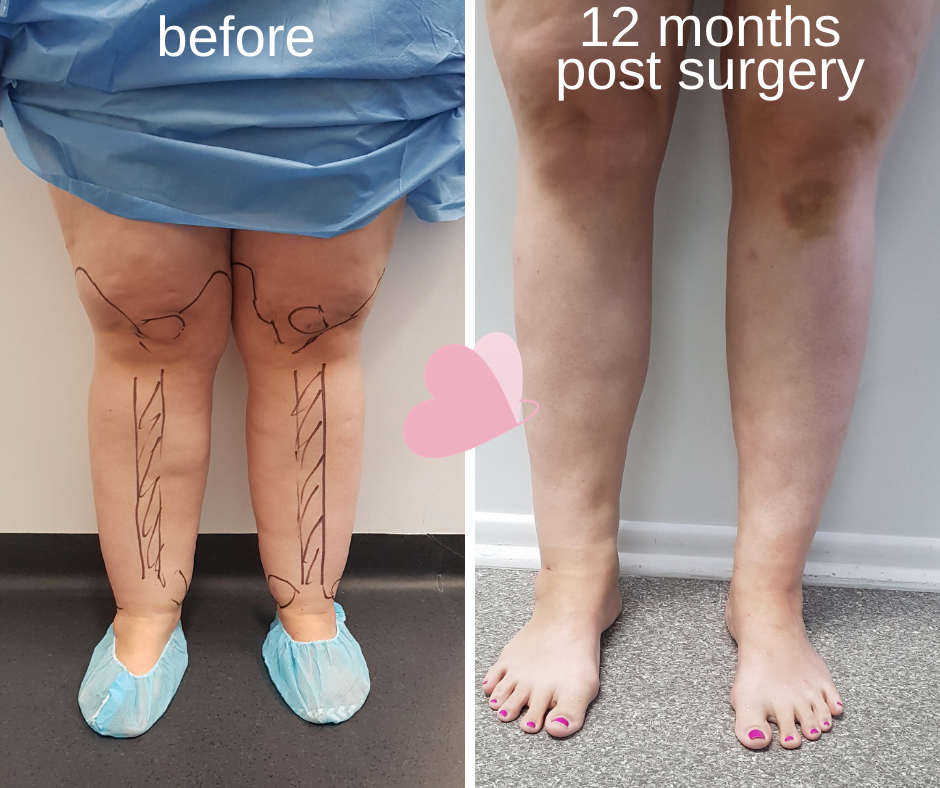Meet Jacqueline, a 44-year-old patient from Cairns diagnosed with Lipoedema.
Surgery 1: 4.8 litres of Lipoedema fat removed from the patient’s posterior upper legs.
Surgery 2: 5 litres of Lipoedema fat removed from the patient’s anterior upper legs.
Surgery 3: 4 litres of Lipoedema fat removed from the patient’s posterior upper legs.
Surgery 4: 4.3 litres of Lipoedema fat removed from the patient’s lower legs.
Surgery 5: 3 litres of Lipoedema fat removed from the patient’s arms and abdomen with a spot revision on her legs.






